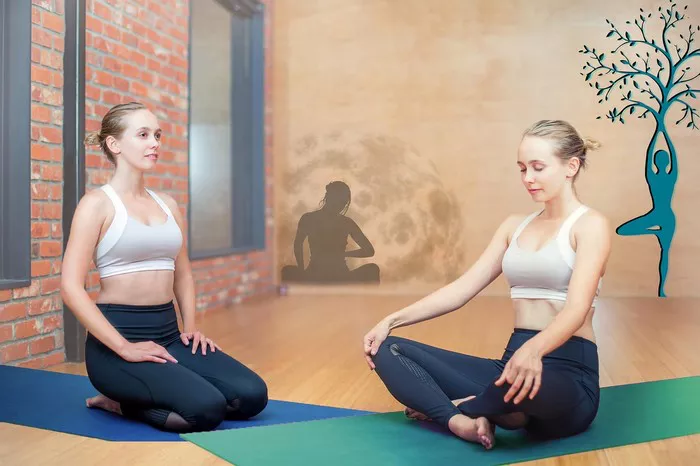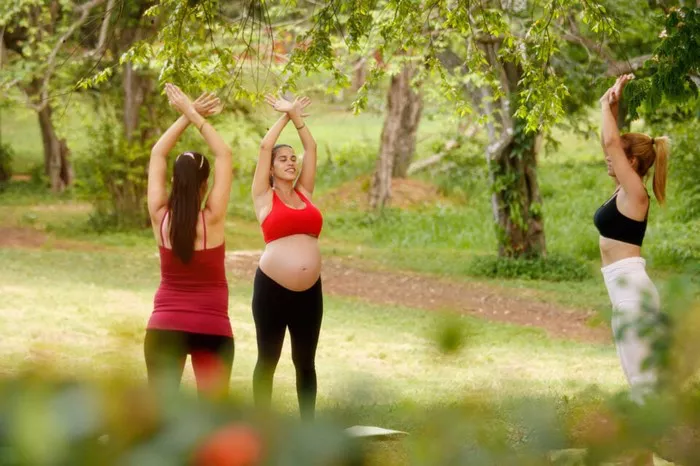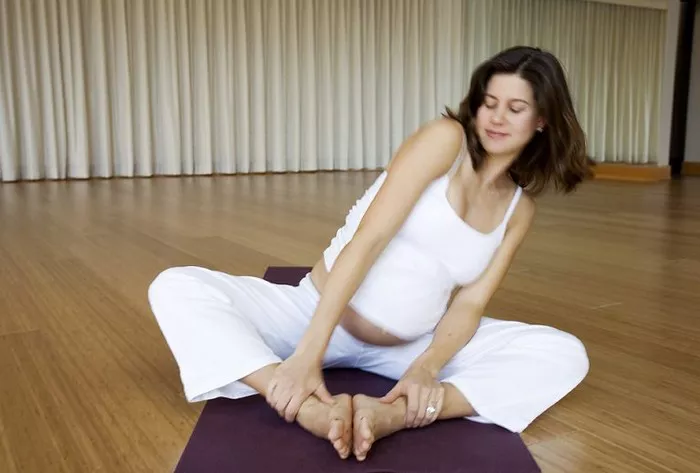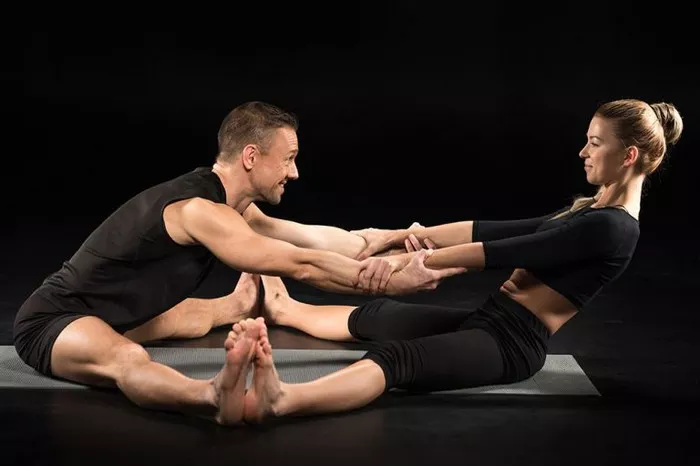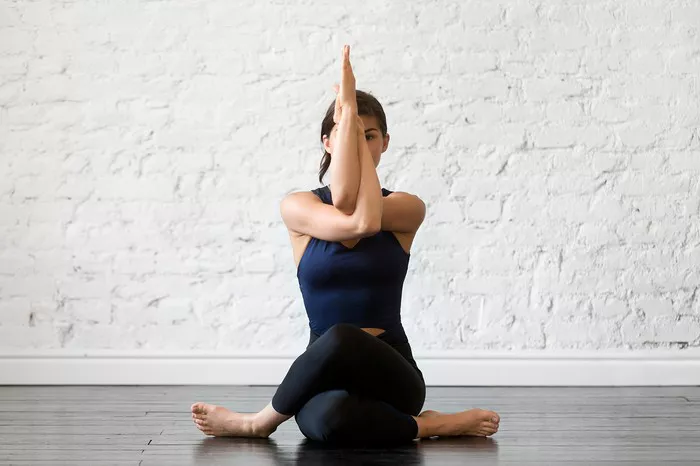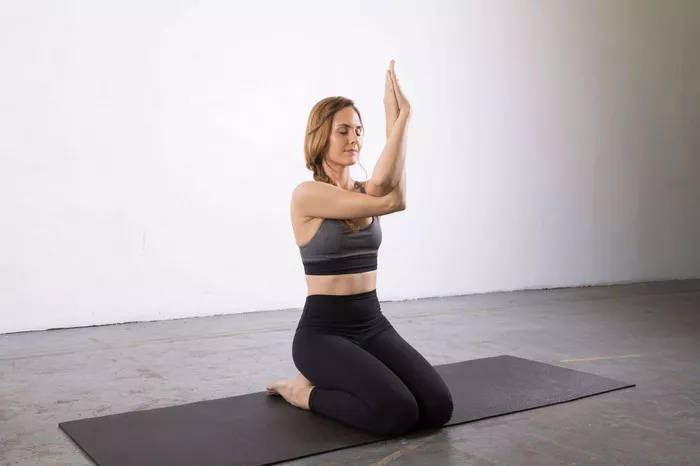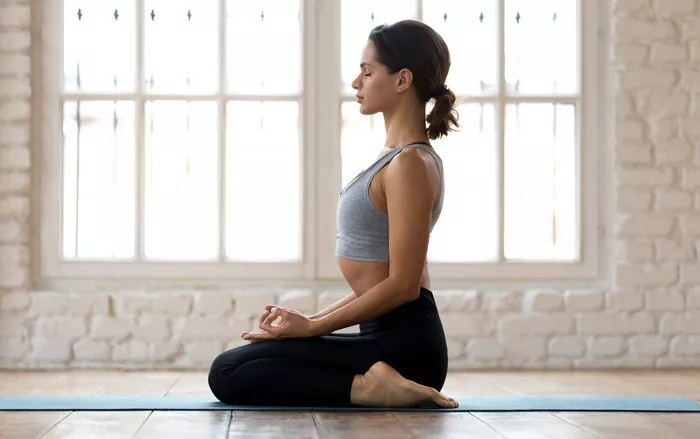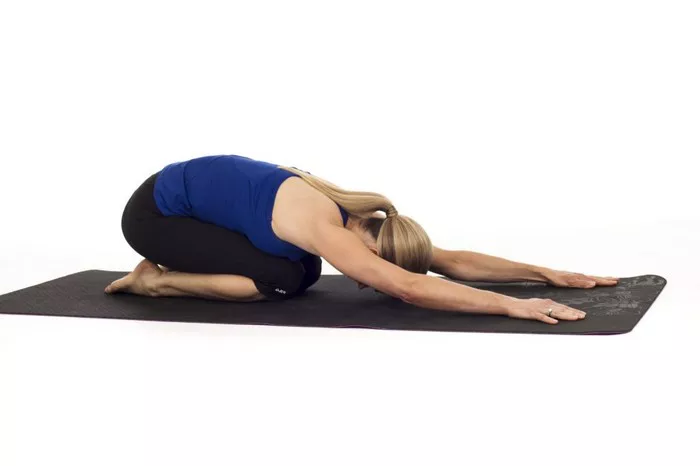Sciatica, a term used to describe pain along the sciatic nerve that radiates from the lower back down through the hips and legs, is a common condition that affects many people. The sciatic nerve is the longest and thickest nerve in the body, and when it’s irritated or compressed, it can cause a variety of symptoms, including sharp pain, tingling, numbness, and muscle weakness in the lower extremities. The causes of sciatica are diverse, ranging from herniated discs and spinal stenosis to muscle spasms and tightness in the lower back or hips.
Yoga, with its emphasis on stretching, strengthening, and mindful movement, has long been recommended as a way to alleviate back pain, including sciatica. Among the many yoga poses practiced to manage sciatica, the Cat-Cow Pose (Marjaryasana-Bitilasana) is a well-known and frequently recommended option. This gentle, dynamic movement combines the benefits of spinal flexibility and core engagement, and many individuals suffering from sciatica find relief through its practice. However, is it truly effective? How does it work, and why is it particularly beneficial for people with sciatica?
In this article, we will explore the effectiveness of the Cat-Cow Pose for managing sciatica. We will look at how this pose works, the benefits it offers, and how it can be safely integrated into a sciatica management routine. We will also discuss potential precautions and variations to ensure that the pose is performed safely and effectively.
What is the Cat-Cow Pose?
Before we dive into how Cat-Cow Pose can benefit those with sciatica, let’s take a closer look at what this pose involves. The Cat-Cow Pose is a simple and accessible sequence of movements that are usually practiced in a tabletop position, on hands and knees. It is often used as part of a warm-up in yoga classes because it gently stretches and strengthens the spine, shoulders, and core.
How to Do the Cat-Cow Pose:
- Starting Position (Tabletop): Begin by coming to all fours on the floor. Place your hands directly beneath your shoulders, and your knees beneath your hips. Your fingers should be spread wide, and your wrists should be in a neutral position (not overly bent). Keep your spine in a neutral position, and your neck aligned with your spine.
- Cat Pose (Marjaryasana): As you inhale, round your spine upward toward the ceiling. Tuck your chin towards your chest and draw your belly button toward your spine. The movement is initiated by the pelvis, with the tailbone tucking under and the lower back rounding. The shoulders should move away from the ears, and the shoulder blades should spread apart. The head drops towards the chest, but the neck remains long.
- Cow Pose (Bitilasana): As you exhale, reverse the movement by dropping your belly toward the floor. Lift your chest and gaze forward or slightly up. Allow your tailbone to lift and your lower back to arch gently. Open your chest by drawing your shoulder blades down and together. This movement should feel like a gentle extension of the spine.
- Continue Moving Between Cat and Cow: Flow smoothly between the two positions, synchronizing your breath with each movement. Inhale as you come into Cow Pose and exhale as you round into Cat Pose. Perform the sequence for about 10 rounds or as long as it feels comfortable.
The combination of these two movements (Cat and Cow) not only mobilizes the spine, but also creates space in the lower back and pelvic region, which can alleviate tension and improve flexibility. This is where it becomes beneficial for people with sciatica, as tightness in these areas is a common contributor to sciatic pain.
The Mechanism Behind Sciatica and How Yoga Helps
To understand why the Cat-Cow Pose might be beneficial for those with sciatica, it’s important to first understand the anatomy of the condition. Sciatica is typically caused by compression or irritation of the sciatic nerve, which can happen due to a herniated disc, spinal stenosis, or muscle tightness in the lower back or pelvis. When the sciatic nerve is compressed, it can lead to symptoms such as pain, tingling, or numbness along the nerve pathway, which runs from the lower back down through the hips, buttocks, and legs.
Yoga works as a complementary therapy for sciatica by helping to:
- Increase flexibility: Stretching the muscles surrounding the spine and pelvis can help reduce pressure on the sciatic nerve.
- Strengthen key muscles: Strengthening the core, lower back, and hips supports spinal alignment and reduces strain on the sciatic nerve.
- Improve posture and alignment: Poor posture can exacerbate sciatica, so yoga can help correct misalignments that contribute to nerve compression.
- Promote relaxation: Deep, mindful breathing and movement can reduce tension and stress, which can play a role in chronic pain conditions.
The Cat-Cow Pose, in particular, focuses on the spinal mobility, which is essential for managing sciatica. By gently stretching and strengthening the spine and surrounding muscles, this pose helps improve the flexibility and alignment of the spine, which can relieve pressure on the sciatic nerve.
Benefits of Cat-Cow Pose for Sciatica
Now that we’ve established how yoga works for sciatica, let’s dive into the specific benefits of the Cat-Cow Pose.
- Spinal Mobility and Flexibility: One of the key benefits of the Cat-Cow Pose is that it encourages movement through the entire spine. The alternating flexion (Cat Pose) and extension (Cow Pose) of the spine help maintain or increase spinal flexibility. This is especially important for people with sciatica because tightness in the spine and surrounding muscles often leads to nerve compression. Regular practice of the Cat-Cow Pose can help prevent or reduce stiffness, improving mobility and reducing pain.
- Reduction of Lower Back Tension: Many individuals with sciatica experience tension in the lower back, which can further exacerbate the pain. The Cat-Cow sequence encourages a gentle release of tension in the lower back muscles, especially in the lumbar region (the lower part of the spine). The movement helps to loosen up tight muscles and fascia, improving blood circulation and allowing the muscles to relax.
- Core Strengthening: Both Cat and Cow poses require engagement of the core muscles, including the abdominals, obliques, and lower back. Strengthening the core is crucial for sciatica sufferers because a strong core helps support the spine and reduces the risk of misalignments or imbalances that could contribute to sciatic nerve irritation.
- Pelvic Alignment: The Cat-Cow Pose also helps to promote pelvic mobility and alignment. The action of tilting the pelvis in both directions (tucking under in Cat and lifting in Cow) can help restore proper alignment in the pelvis, which is essential for people with sciatica. Misalignments in the pelvic region can place additional strain on the lower back and sciatic nerve, so improving pelvic alignment can be beneficial in relieving symptoms.
- Improved Posture: For individuals with chronic sciatic pain, poor posture can worsen symptoms. Regular practice of the Cat-Cow Pose helps to develop body awareness and encourages proper posture by actively engaging the muscles of the spine, abdomen, and pelvis. Improved posture can alleviate pressure on the sciatic nerve and reduce the occurrence of flare-ups.
- Gentle Stretch for the Hip Flexors: Tight hip flexors are another common cause of sciatica pain. As you move through the Cat-Cow sequence, you may experience a mild stretch in the hip flexors, which helps to release tension in this area. This gentle stretch can further reduce pressure on the lower back and sciatic nerve.
- Mind-Body Connection: Yoga is known for its ability to enhance the mind-body connection. By focusing on breath and movement in the Cat-Cow Pose, you encourage relaxation and reduce stress, both of which are important for managing chronic pain conditions. Deep, diaphragmatic breathing activates the parasympathetic nervous system, promoting healing and reducing the perception of pain.
How to Safely Practice Cat-Cow Pose for Sciatica
While the Cat-Cow Pose is generally safe for most individuals, there are a few important considerations for people with sciatica to ensure it is effective and beneficial. Here are some tips for practicing this pose safely:
- Move Slowly and Gently: If you are new to yoga or dealing with significant sciatic pain, avoid forcing the movements. Move slowly and gently, focusing on creating space in the spine rather than pushing for deep stretches. Pay attention to your body’s sensations and stop if you feel any sharp or intense pain.
- Focus on Breath: Synchronize your movements with your breath, inhaling as you arch the spine (Cow Pose) and exhaling as you round the spine (Cat Pose). This helps to deepen the stretch and allows your body to relax and release tension more effectively.
- Avoid Overarching or Overrounding the Spine: When performing the Cow Pose, be mindful not to over-arch your lower back, as this can aggravate sciatica. Similarly, avoid rounding too forcefully in the Cat Pose, as this can strain the back and neck. Focus on a gentle, controlled movement that feels comfortable for your body.
- Use Props if Needed: If you find it difficult to maintain balance or alignment, you can use props like a cushion or yoga block under your knees or hands for extra support. This can help relieve pressure on the wrists or knees and create a more comfortable practice.
- Modify for Individual Needs: Everyone’s body is different, and some individuals may find slight modifications to the Cat-Cow Pose more effective. For example, you can reduce the range of motion in the spine if needed or hold the pose for longer periods to deepen the stretch.
- Consult a Healthcare Professional: If your sciatica symptoms are severe or persistent, it’s always best to consult a healthcare professional before starting a new yoga practice. They can provide guidance on appropriate exercises and ensure that yoga is a safe and effective option for you.
Conclusion
The Cat-Cow Pose is a gentle yet effective yoga sequence that can provide significant relief for individuals suffering from sciatica. By promoting spinal mobility, reducing tension in the lower back and hips, strengthening the core, and improving pelvic alignment, this pose can help alleviate many of the discomforts associated with sciatica. With regular practice and attention to proper technique, the Cat-Cow Pose can be a valuable tool in a sciatica management routine.
Remember to listen to your body, move mindfully, and consult a healthcare provider if needed. Yoga, including the Cat-Cow Pose, is a wonderful way to complement other treatments and promote overall well-being, helping individuals with sciatica lead a more comfortable and active life.
Related Topics:


